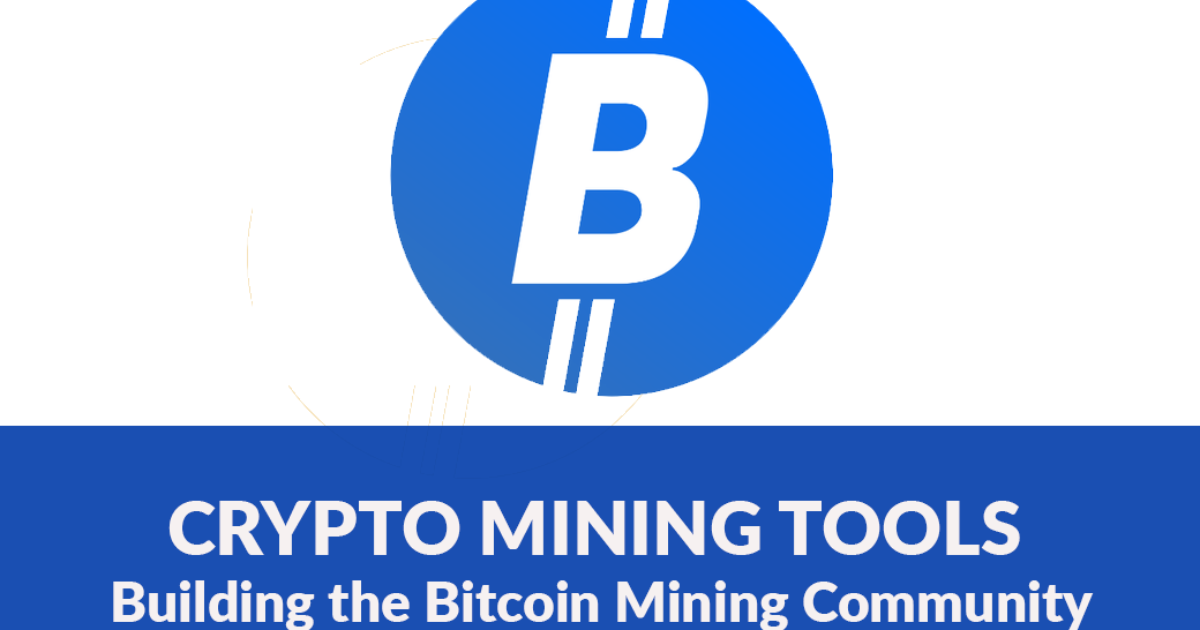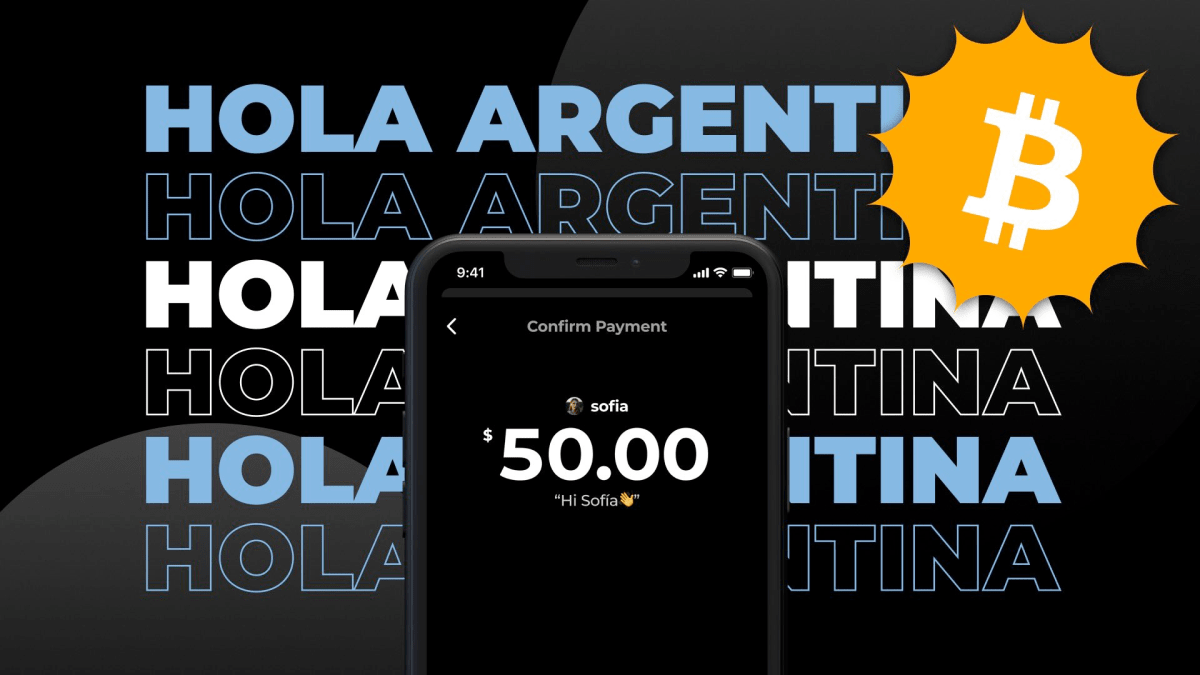Can Bitcoin Fix Micropayments?
Bitcoin offers an opportunity to allow people to make micropayments, which could provide solutions for content monetization, online tipping and more.
Micropayments were all the rage in the 1990s. The idea of allowing customers to pay tiny fees for physical or online products was thrilling and received a lot of attention. However, early micropayment models failed to solve the problem of incurring large costs on processing tiny transactions. This is why micropayments haven’t taken off, years later after the idea was conceived.
But Bitcoin may offer — finally! — a workable model for micropayments for businesses and customers. We’ll explore how Bitcoin facilitates microtransactions and what benefits this technology offers.
A Brief Introduction To Micropayments
Micropayments typically refer to transfers below a specific value threshold. Think of a micropayment as a really small transaction or payment — like the $1.20 you pay for a cup of coffee.
Micropayments have received considerable attention from companies and researchers, and for good reason: Micropayments have the potential to unlock new income streams for businesses and increase value for customers.
Let’s imagine you visit Billy’s shop downtown for a cup of coffee, which costs $3.20. You don’t have any cash on you, so paying with a credit card looks like the best option. But there’s a slight problem: Billy won’t accept transactions below $5 because the payments provider often charges a base fee in addition to a percentage of the full cost for processing payments. For Billy to break even, the value of the transaction must be higher than the processing cost. Paying a fee on your meager purchase would simply be economic suicide. The transaction breaks down, with both sides losing out on benefits. You can’t get your caffeine fix and Billy loses potential income. The latter point may seem trivial until 10-15 customers face similar issues and walk away empty-handed.
Micropayments represent a new opportunity for businesses and customers to maximize their utility. Businesses can provide low-value services to customers without incurring losses. The concept also affords customers more freedom of choice and reduces barriers to purchasing items.
Having understood the value of micropayments, let’s see how Bitcoin fits into the picture.
Why Use Bitcoin For Micropayments?
The idea of micropayments has been around for as long as the internet itself, as articles like this one shows. Microsoft was one of the firms working on enabling micropayments until it scrapped its plans.
Historical experiments with micropayments have followed the same principle: aggregate tiny fees into a considerable amount before releasing them to merchants. In most cases, the user would have a digital wallet where they could deposit a fixed sum and authorize withdrawals for certain payments. However, the early solutions faced a big problem from the get-go: centralization. Just like credit cards, the digital wallets used for micropayments were controlled by third-party services. This created security risks for users, especially if hackers breached company servers. Moreover, users had to hand their personal information to companies, giving companies the freedom to sell their data.
Moreover, the minimum payment unit of fiat currencies like the U.S. dollar makes them impractical for true micropayments. For example, the cent ($0.01) is the smallest unit of a dollar. Which means we physically cannot use it for payments lower than one cent.
As programmable money, Bitcoin doesn’t have the same minimum-unit problem as fiat currencies. For instance, you can divide one bitcoin into 100,000,000 sub-units to get a “satoshi” — which is worth less than a fraction of one cent.
Bitcoin exists as a decentralized, secure and trustless payments network. To make micropayments, you only need a Bitcoin address, which you can create in minutes. No company is holding your wallet or identity details, reducing the risk associated with using micropayment services. Finally, Bitcoin enables instant, near-feeless transactions through “payment channels,” which we explain later in this article. Payment channels allow two parties to bundle several transactions into one, removing the need to pay fees on all but one transaction.
How Do Bitcoin Micropayments Work?
A Bitcoin skeptic reading this article would have a hard time believing bitcoin can be useful for small transactions. Why would any sensible person opt to pay expensive miner fees and wait about 10 minutes to buy a cup of coffee with bitcoin?
Enter the Lightning Network.
Lightning Network is a Layer 2 infrastructure built to operate on top of Bitcoin. Because Lightning Network uses off-chain payment channels, transactions don’t have to pass through the blockchain, significantly shrinking fees and wait times.
We’ll use the example of buying coffee from Billy’s shop to explain how a Lightning-powered bitcoin micropayment works:
To open a Lightning Network channel with Billy, you must first deposit some units of bitcoin on the main network. Once this transaction is broadcast and confirmed on the blockchain, the channel becomes active. All payments you make to Billy get deducted from your initial deposit of bitcoin.
If the initial deposit runs out, you can choose to refill the channel with more bitcoin. Otherwise, both of you agree to end the transaction and broadcast the final state of the channel to the Bitcoin network. All previous transactions are bundled into one and recorded on the blockchain.
Although multiple transactions may have passed through the payment channel, the Bitcoin blockchain doesn’t record each of them. Instead, it records the first transaction opening the channel and the final transaction closing the channel.
With this system, you can open a tab with Billy and keep buying cups of coffee for weeks or even months. Billy wouldn’t have to pay huge fees to process those small payments. And you can bypass the payment threshold to get your coffee every day. A win-win solution.
Applications Of Bitcoin Micropayments
Buying coffee isn’t the only application of bitcoin micropayments. The internet itself is ripe for the introduction of micropayment-based revenue models. Below are some applications of bitcoin-powered micropayments for online users:
Content Monetization
For years, online content creators have found it difficult to monetize content. In lieu of any sustainable monetization system, many have turned to digital advertising to recoup investments in content creation. But digital advertising has attracted negative coverage in recent years, and ad blockers are rapidly making this an unviable income mechanism.
The most popular tactic for content creators is to charge consumers subscription fees for accessing content. However, subscription models are not the ultimate solution. For starters, subscription models require a higher level of commitment from customers. If you like a product, then paying a subscription fee may seem trivial. Someone else may be unwilling to commit so much until they’d have had a feel for the service.
Let’s not forget subscription models have many bottlenecks. Subscribers need to have a credit card, but getting one isn’t the easiest thing to do. Putting content behind a paywall means losing out on unbanked customers or those who’d prefer an easier method of paying for content.
Bitcoin micropayments can succeed where traditional subscription models and digital advertising fail in terms of helping creators create revenue streams. Near-feeless micropayments — the kind Bitcoin promises with the Lightning Network — can allow creators to extract value from their work.
A video content creator can charge viewers for each second of a video they watch. A writer can ask readers to pay a small fee for each piece instead of asking for a full subscription. Musicians can charge for individual song streams instead of forcing listeners to buy an entire catalog.
This technology can potentially be the game-changer for content creators struggling to make money. Micropayments present a better alternative to intrusive advertising and clunky subscription models.
Online Tipping
Integrating Lightning Network into social networks can make it easier for followers to support their favorite content creators. Users can keep paying out small amounts as virtual tips cheaply and quickly, without the hassle of connecting credit cards.
Tippin.me is a project using the Lightning Network to enable micropayments on Twitter. Users link their Twitter accounts to a Lightning Network wallet and can share QR codes which anyone can scan to send a small tip. Users can then cash out these tips via the Tippin.me site.
Pay-As-You-Go Subscriptions
Earlier, we spoke of the problems associated with forcing subscriptions on consumers of digital content. However, the subscription model also extends into the realm of the services we use every day.
Think of the times you needed an API service or a web app for a critical, one-off task — only to be hit with a monthly subscription offer. Just like the situation with the coffee shop, forcing users to make purchases above a certain value threshold hinders transactions.
With micropayments, service providers can process numerous one-off payments from users. By making it easier for customers to pay small amounts, online businesses can significantly increase earnings.
More importantly, users can get full value for their money. Instead of paying for a full month’s subscription — which they won’t fully use — they can control how much they pay for a service.
The applications of pay-as-you-go subscriptions are endless. This includes paying for software-as-a-service tools, APIs, serverless technologies, content distribution, one-off services and many more unexplored use-cases.
Marketing and Engagement
Brave, a privacy-focused browser, has shown the possibility of powering online marketing and engagement with cryptocurrency. Users get paid BAT tokens anytime they watch an ad, but they can also pay an inconsequential amount to skip those ads.
In the future, sites may integrate Lightning Network to pay users that engage with content, e.g., watching a video. Businesses can get better value for their content and users get rewarded for their engagement. Again, a win-win solution for everyone involved.
Gaming
Gaming is another industry that could use a well-designed micropayment system. This is especially important for indie game developers who may invest a lot of effort, time and money into making games, without any means of making profits. Charging a sign-up fee could solve the problem, but it’ll only turn off potential players.
Instead, game developers could charge small fees for users to unlock new characters, features and access special levels. Because these transactions have reasonably low values, players won’t feel like they’re being squeezed for money and developers get rewarded for their creative efforts.
Self-Generated Data
Years ago, British mathematician Clive Humby declared, “Data is the new oil.” Today’s digital economy is fueled by data, with companies investing considerably in data collection, management and analytics. However, users rarely get any value from the data that businesses use to fuel their operations. Now, with more awareness, people are looking to monetize their self-generated data.
With micropayments, we can make this a reality. For example, websites could pay users for their online activity. Companies could pay owners for data generated by internet of things (IoT) devices like smart electric meters. It could even extend to data generated by health devices, like wearables.
Micropayments Can Scale Bitcoin Adoption
While the micropayment use-cases mentioned in this article are experimental, they may reach critical mass in the not-too-distant future. Of course, the volatility of bitcoin’s price could hinder micropayments, but mass adoption is predicted to bring stability to the price.
More importantly, micropayments could be Bitcoin’s killer application. Bitcoin-enabled micropayments can be applied to many business models, triggering global adoption and increasing network effects.
This is a guest post by Emmanuel Awosika. Opinions expressed are entirely their own and do not necessarily reflect those of BTC Inc. or Bitcoin Magazine.









